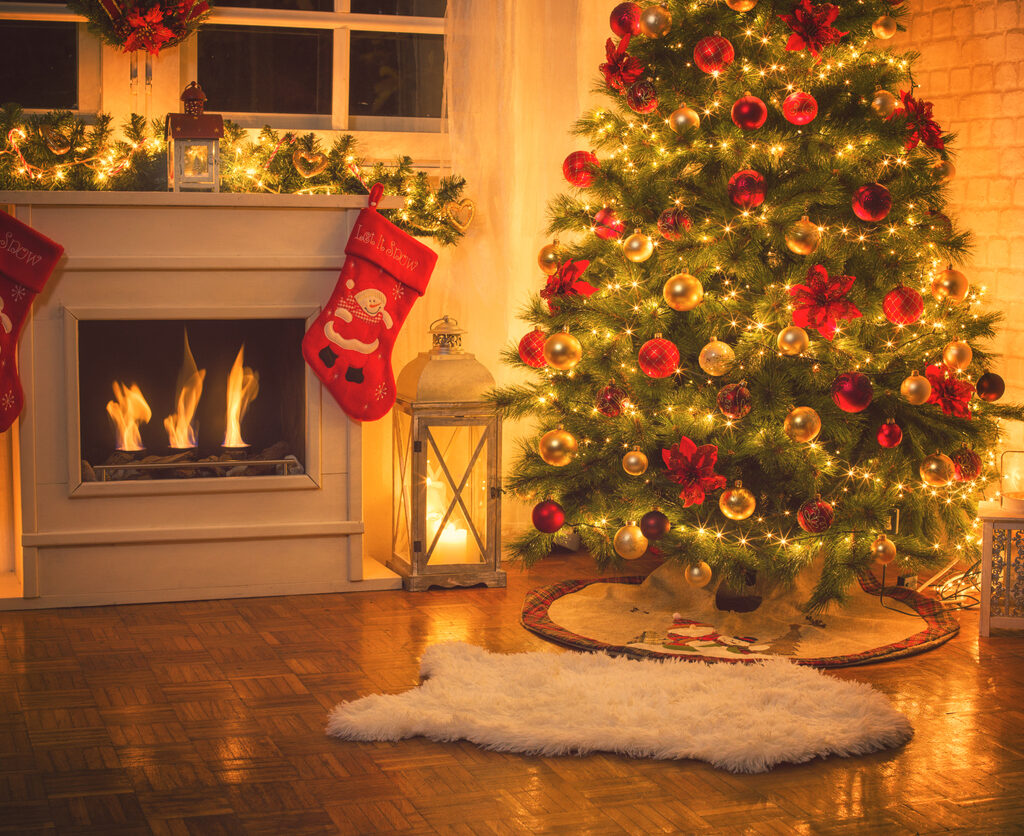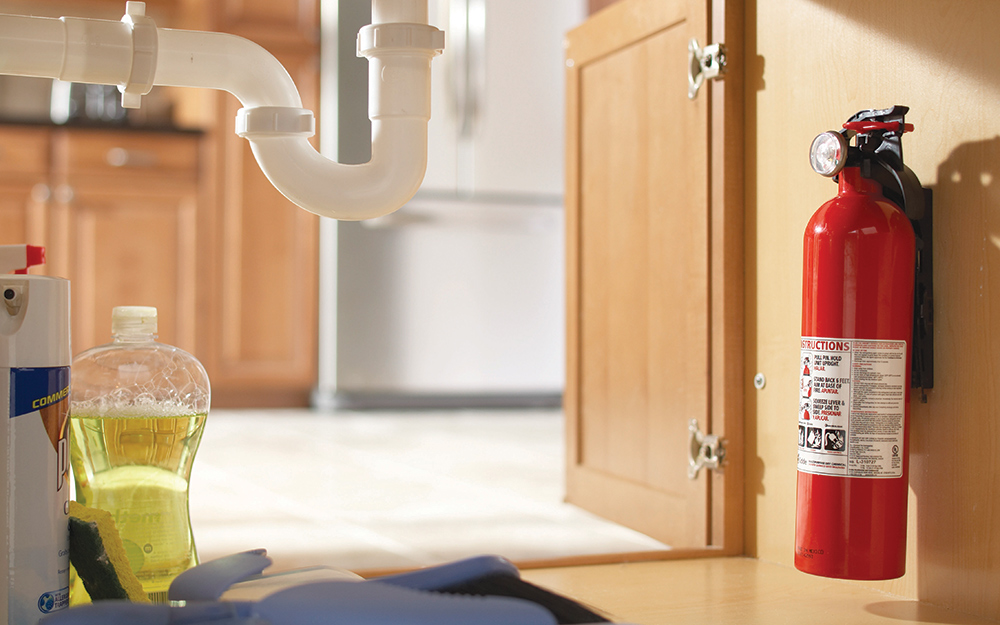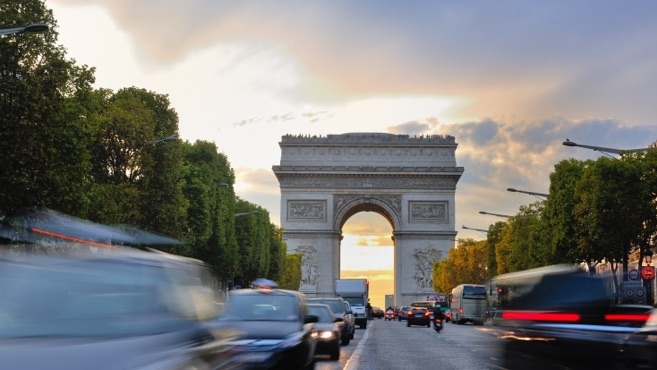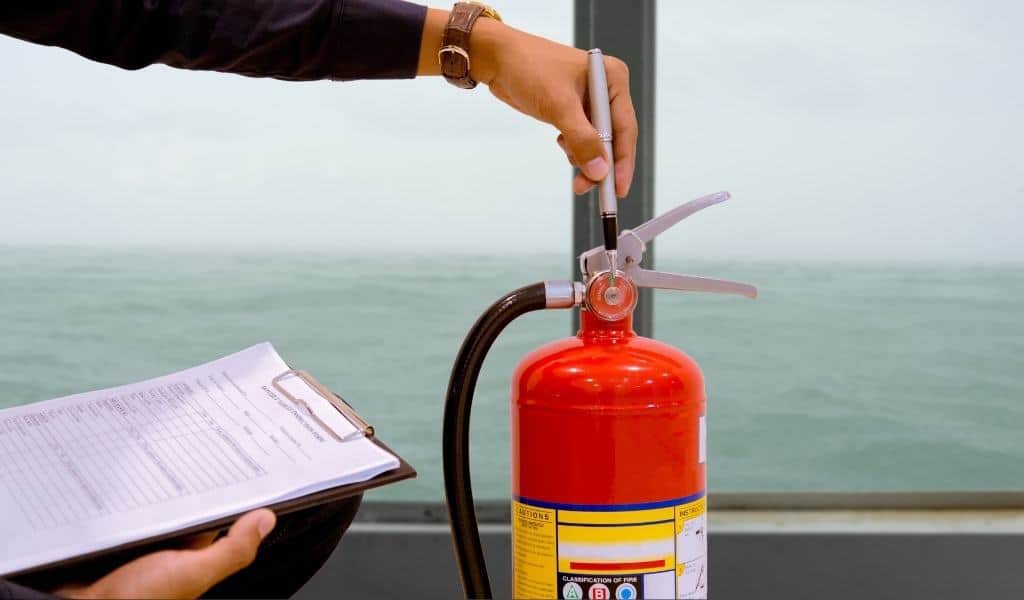Dry Powder fire extinguishers are one of the most versatile fire extinguishers on the market. They can combat Class A, Class B, Class C and Electrical Fires. Dry Powder also has the ability to be stored at virtually any temperature, making it perfect for an outdoor location full year-round. Dry Powder fire extinguisher prices are varied between models and sizes.
Budget Dry Powder Fire Extinguisher Prices
These extinguishers are our lowest price point Dry Powder extinguishers that we offer in their respective sizes. These models still have ABC fire ratings and have all the features of the Dry Powder extinguisher. These models are the cheaper models to our standard range and do not have the same fire ratings.
Standard Dry Powder Fire Extinguishers
These extinguishers are our standard high-quality range of Dry Powder fire extinguishers. This range is the amazing CommanderEDGE range.
-

CommanderEDGE 1kg Dry Powder Fire Extinguisher
£16.95 Add to basket -

CommanderEDGE 2kg Dry Powder Fire Extinguisher
£18.95 Add to basket -

CommanderEDGE 4kg Dry Powder Fire Extinguisher
£24.95 Add to basket -

CommanderEDGE 6kg Dry Powder Fire Extinguisher
£34.95 Add to basket -

CommanderEDGE 9kg Dry Powder Fire Extinguisher
£42.95 Add to basket
Stainless Steel Dry Powder Fire Extinguisher Prices
Not only do these Stainless Steel fire extinguishers look fantastic, but they also have extra use. Due to the alloy used to make the Stainless Steel look containing Chromium, these extinguishers also do not rust.
Decorative Dry Powder Fire Extinguisher Prices
If the regular models aren’t your style, try these 6kg models in Antique Copper and Polished Gold. These extinguishers are very sophisticated and will fit in with any opulent setting.
Available Accessories
We stock the full range of signage that perfectly pair with Dry Powder fire extinguishers. This includes the photoluminescent sign and all decorative ID signs.
-

Powder ID Sign Photoluminescent
£1.95 Select options This product has multiple variants. The options may be chosen on the product page -

Powder ID Sign Contempo Stainless Steel Finish
£9.95 Select options This product has multiple variants. The options may be chosen on the product page
Stands & Storage
We also stock a wide range of Stands and Storage solutions to help with looking after your fire extinguishers. These come in all different sizes and price ranges to help you find the best storage solution for whatever your fire safety storage needs are. These can come as either simple brackets or fully lockable storage boxes.
-

Commander Double Fire Extinguisher Cabinet
£56.95 Add to basket -

Commander Double Fire Extinguisher Stand Red
£24.95 Add to basket -

Commander Single Fire Extinguisher Stand Red
£22.95 Add to basket -

Double Fire Point Stand Large & Small
£37.95 Add to basket -

Double Fire Point Stand Large & Large
£39.95 Add to basket -

Commander Single Fire Extinguisher Cabinet
£31.95 Add to basket -

Single Fire Point Stand – Large
£29.95 Add to basket -

Single Tubular Fire Extinguisher Stand Red
£26.95 Add to basket -

Standard Fire Extinguisher J Bracket
£0.95 Add to basket

 Cart is empty
Cart is empty 






















































